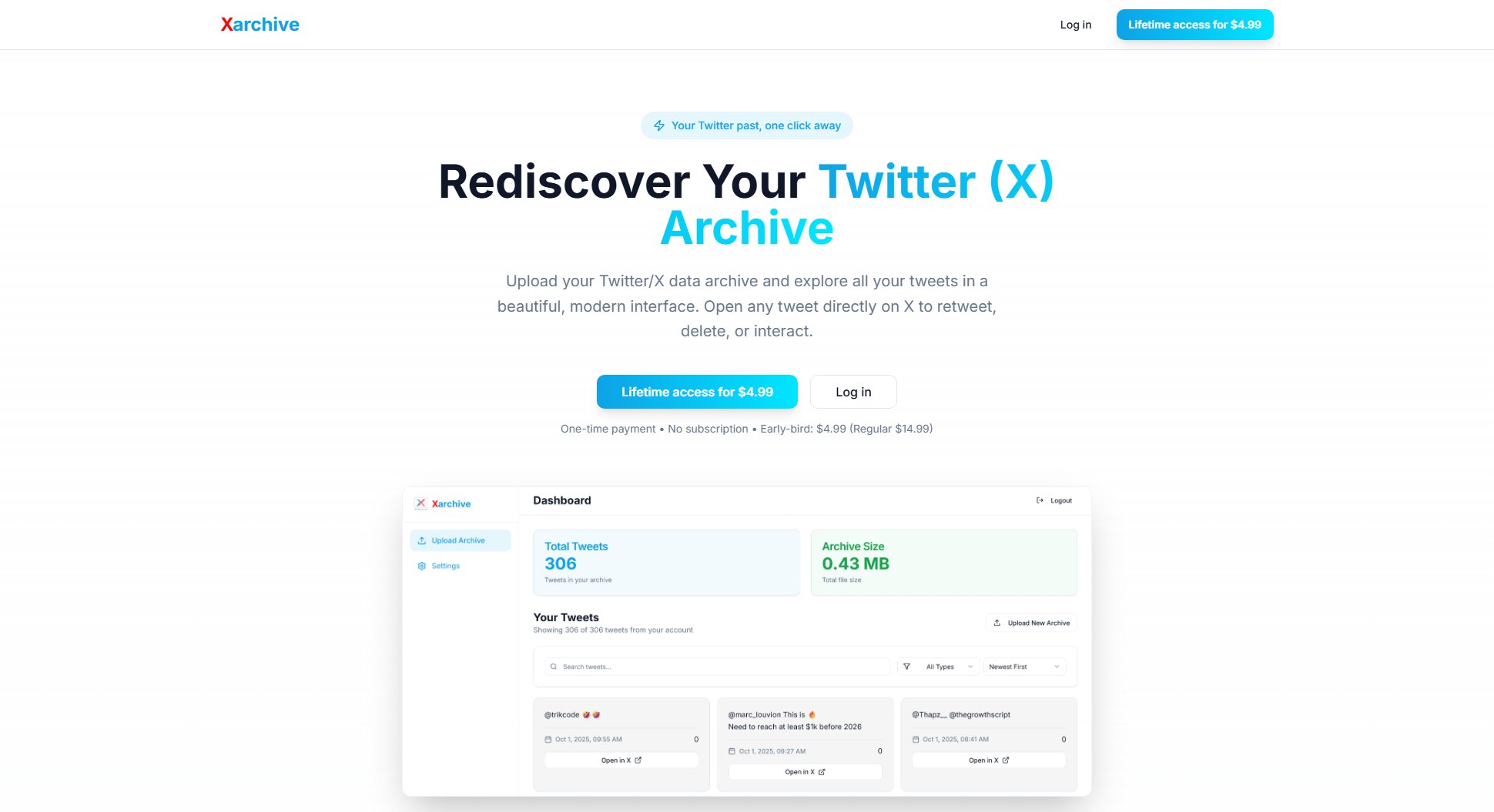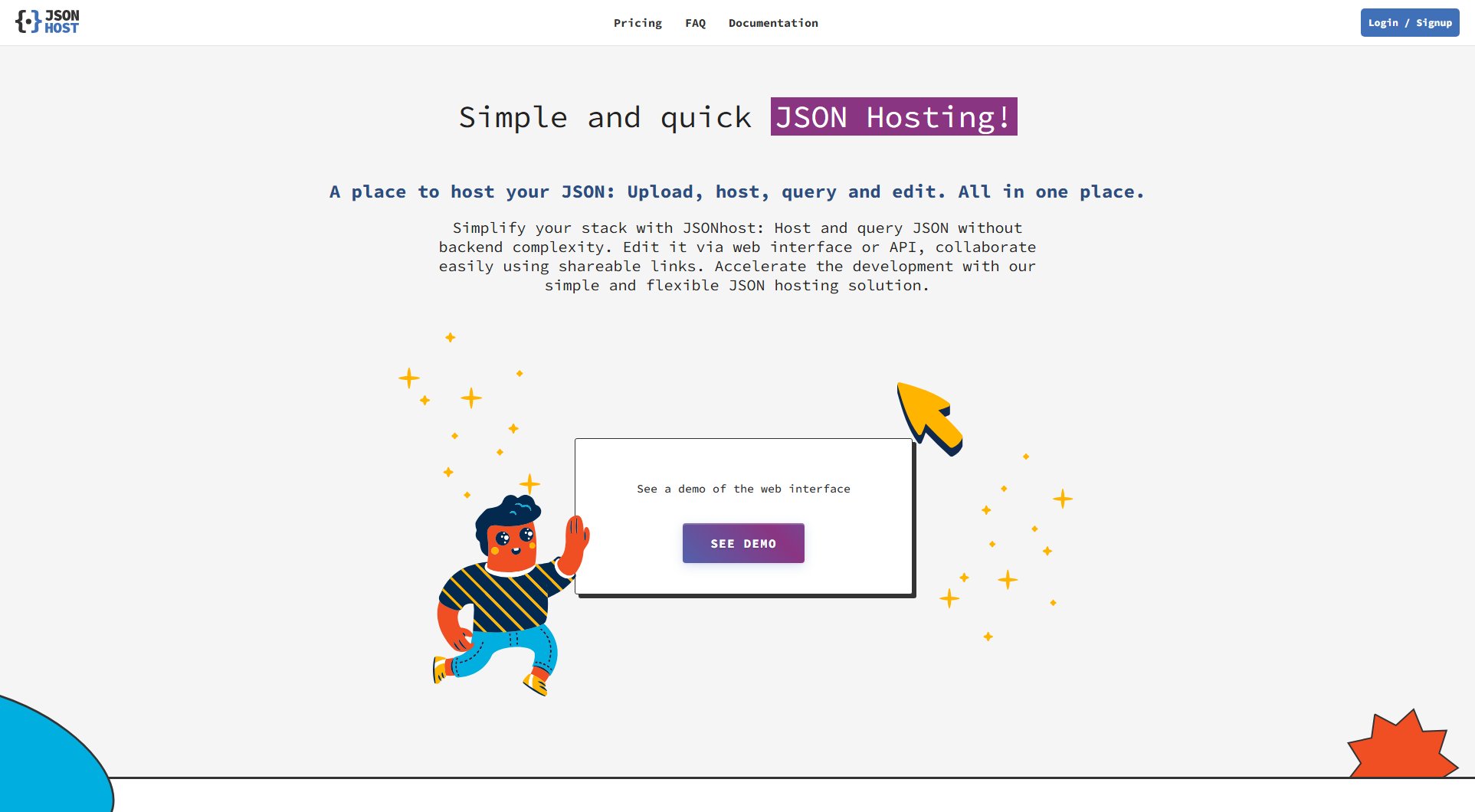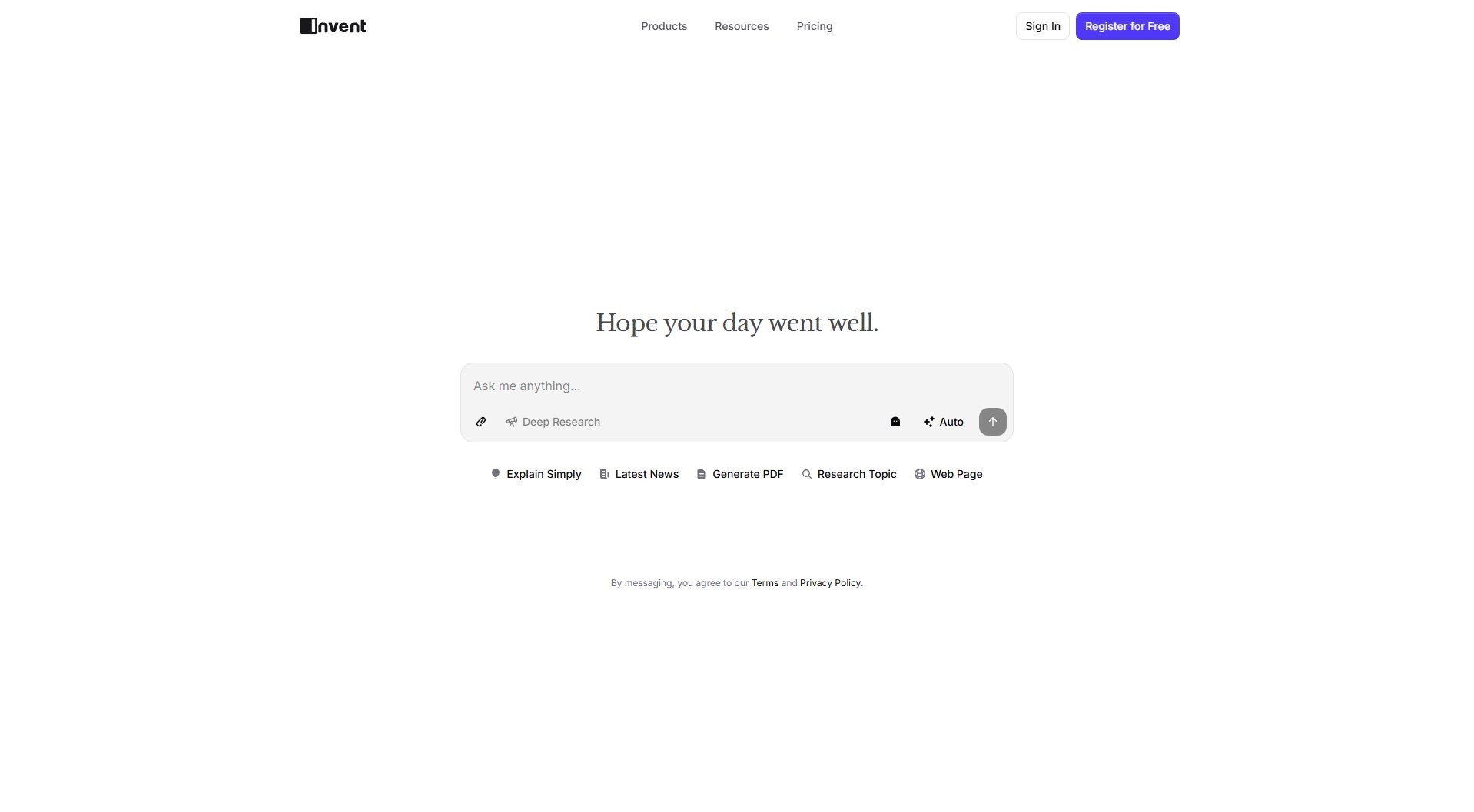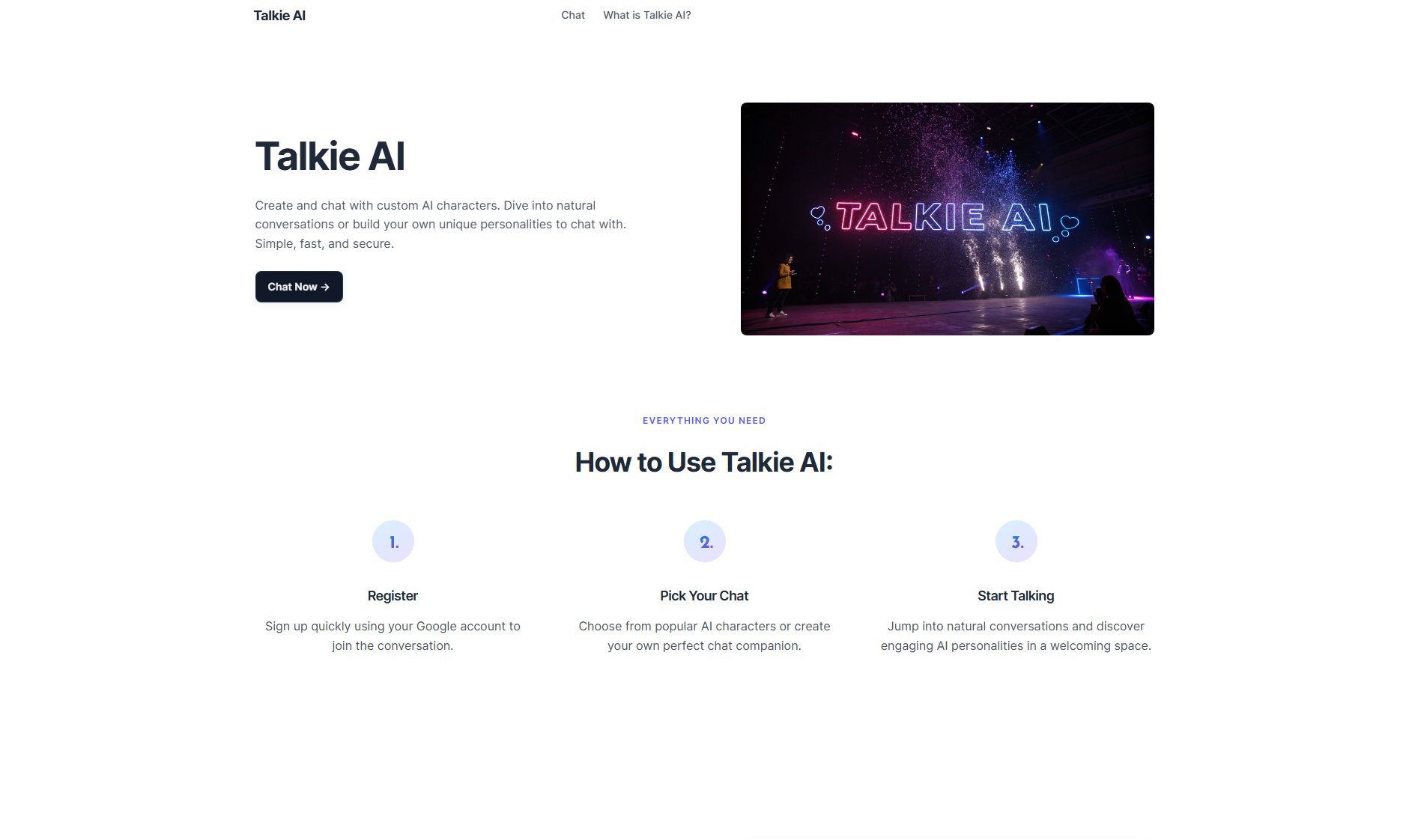File Architect
Create file and folder structures from plain text, fast and easy
What is File Architect? Complete Overview
File Architect is a powerful tool designed to simplify file and folder organization by allowing users to create structures from plain text. It addresses the common pain points of manual file organization, which can be tedious and time-consuming. With File Architect, users can quickly design, create, and maintain clean file structures using an intuitive text-based interface. The tool is ideal for both personal and professional use, offering features like AI-assisted structure creation, templates for quick reuse, and support for over 60 file types. File Architect ensures privacy by storing all data locally, with minimal server communication for license validation only.
File Architect Interface & Screenshots
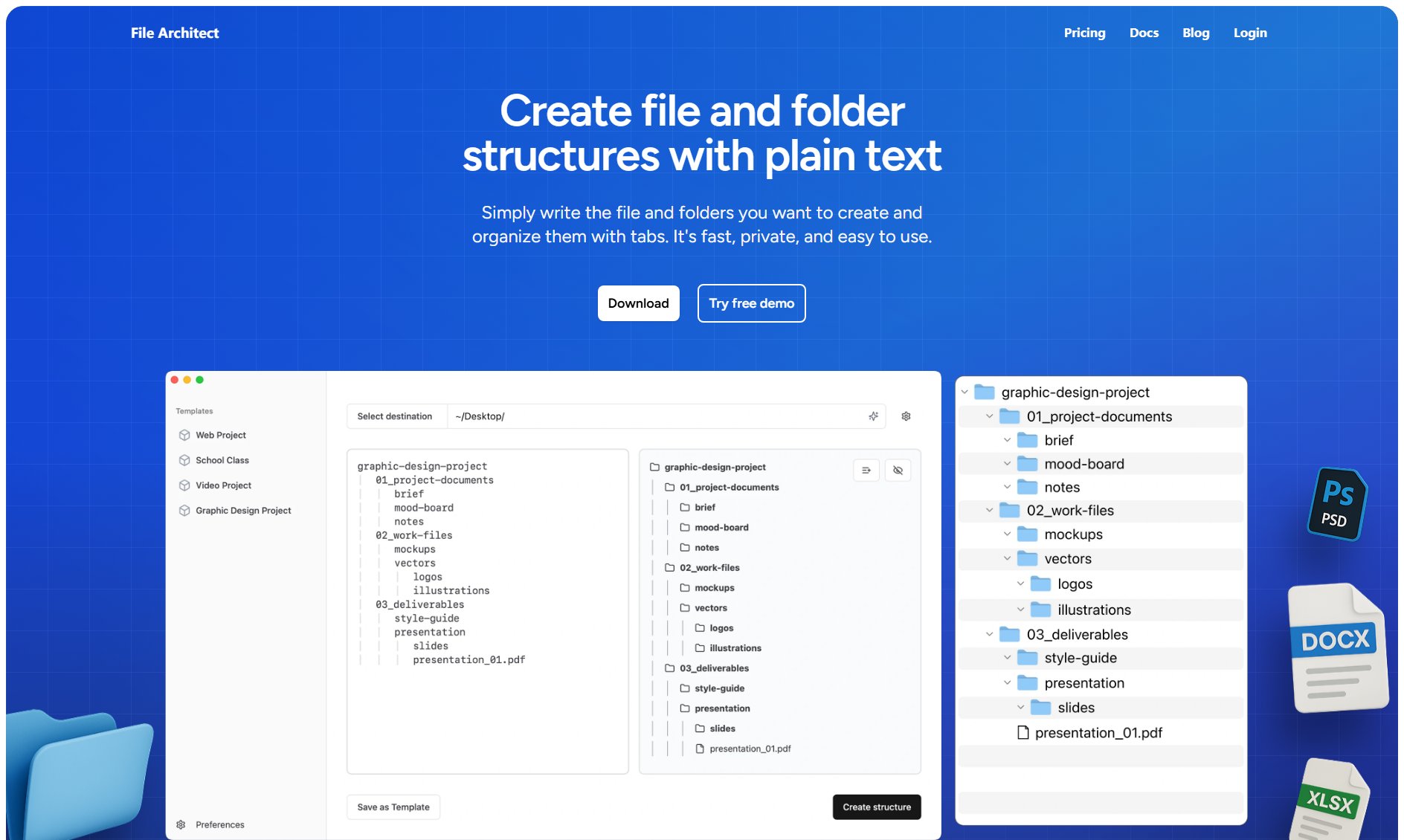
File Architect Official screenshot of the tool interface
What Can File Architect Do? Key Features
Intuitive text-based structure
Create file and folder structures using readable indented text outlines. Simply write the names of files and folders, organized with tabs, and File Architect will generate the structure for you.
Templates
Save your frequently used structures and replacements as templates for quick and easy reuse. This feature saves time and ensures consistency across projects.
AI creation
Describe the file structure you need in plain language, and File Architect's AI will generate it for you in seconds. This feature leverages Google Gemini for quick and accurate results.
Copy, move, and rename
Easily copy, move, and rename existing files or entire folders from your disk into your new structure. This feature simplifies the process of reorganizing existing files.
Working blank files
File Architect creates small, working blank files that open in your preferred applications. Over 60 file types are supported, ensuring compatibility with a wide range of software.
Best File Architect Use Cases & Applications
Project Setup
Quickly set up a consistent file structure for new projects, ensuring all team members follow the same organization standards.
Document Management
Organize large collections of documents into a logical hierarchy, making it easier to locate and manage files.
Software Development
Create and maintain clean directory structures for code repositories, improving collaboration and code management.
How to Use File Architect: Step-by-Step Guide
Download and install File Architect from the official website. The app is available for macOS 10.15 and above, with a Windows version coming soon.
Launch the app and start creating your file structure by writing the names of files and folders in plain text, using tabs to indicate hierarchy.
Use the AI creation feature to generate a structure by describing your needs in plain language. The AI will provide a ready-to-use structure in seconds.
Save your structure as a template for future use, or copy, move, and rename existing files and folders into your new structure.
Download or export your completed file structure to your local machine, ready for immediate use.
File Architect Pros and Cons: Honest Review
Pros
Considerations
Is File Architect Worth It? FAQ & Reviews
Yes, File Architect only stores your email and machine identifier. All templates, files, folders, and structures are stored locally on your machine. The app communicates with the server only for license validation.
Commercial use is any use of the app in a business or organization with more than 2 persons. Personal or school use is not considered commercial.
The app itself is not open-source, but the blank files repository and core functionalities (file creation, copying, renaming) are available on GitHub.
All file types are supported. Lines with extensions create files, using blank files where available or empty files otherwise.
Yes, you can try all Pro features for 7 days after installation. After the trial, you can continue with the Lite version or upgrade to Basic or Pro.



